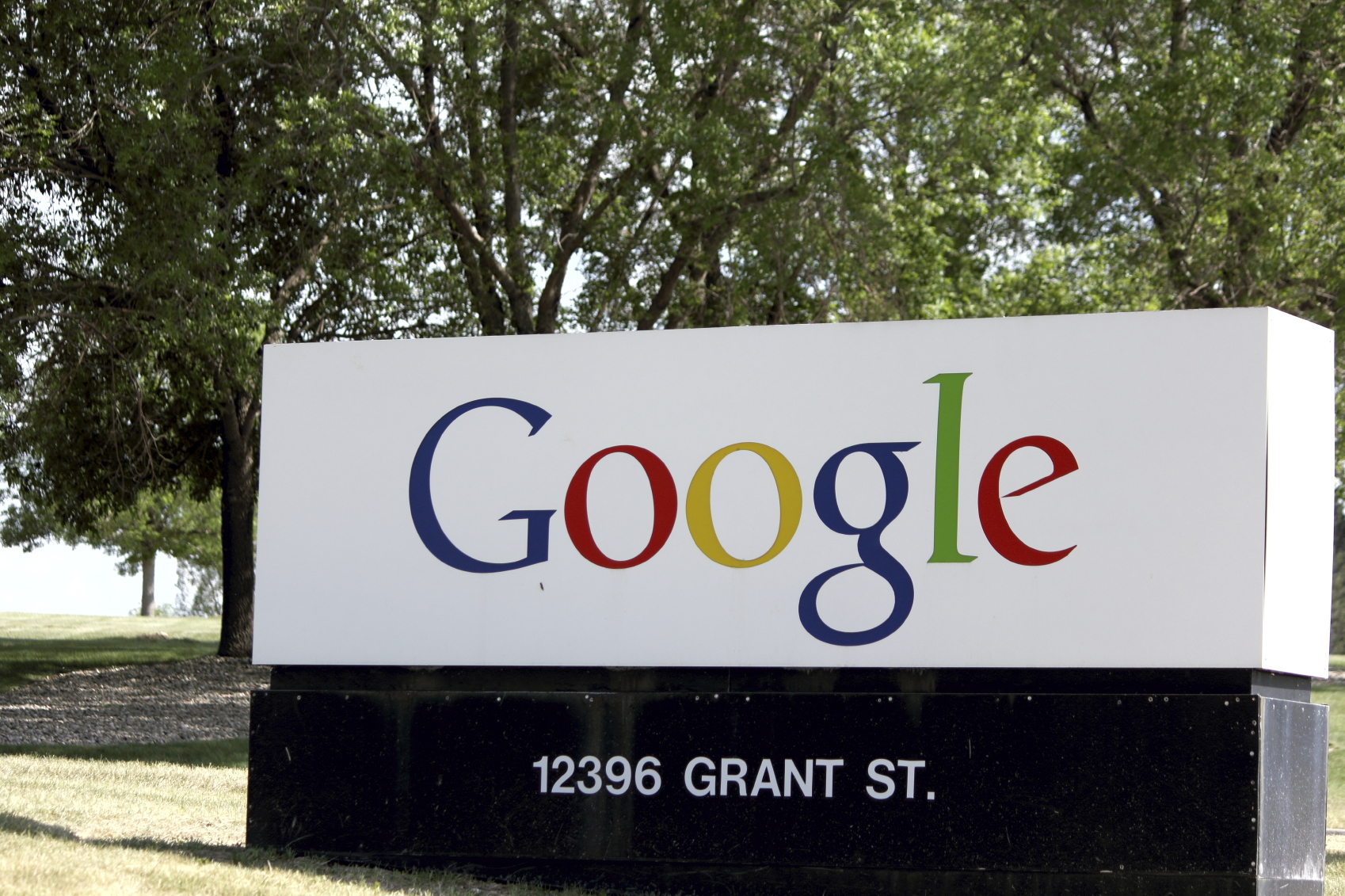Read original story on: CNET
Without much fanfare, Google unleashed its Chrome OS onto a fleet of new devices, including the new Asus Chromebit dongle, Asus Chromebook Flip, and two laptops from Chinese manufacturers Hisense and Haier, earlier this week. Google has good reason to push out its Chrome OS, a simplistic browser-based operating system previously designed for its Chromebook laptop. The system serves as an entry point to get more people to use Google’s wide range of apps and services, keeping users within its ecosystem. And the more data Google can glean from the users, the more potential revenue it can make from targeted ads.

 Last week two items of note occurred. Apple released the iPad, and Google
Last week two items of note occurred. Apple released the iPad, and Google 